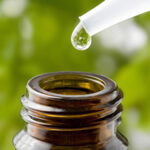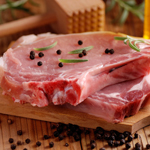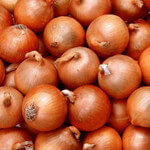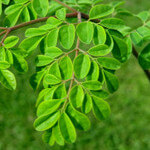 Long before the advent of modern medicine, people were using essential oils for medicinal purposes. The oil of the evergreen shrub, tea tree, was particularly venerated by ancient cultures, especially the Australian Aborigines. In fact, evidence shows that the Aborigines have been using the oils of their indigenous Melaleuca alternifolia tree for centuries to treat a wide array of conditions ranging from simple coughs to serious skin conditions.
Long before the advent of modern medicine, people were using essential oils for medicinal purposes. The oil of the evergreen shrub, tea tree, was particularly venerated by ancient cultures, especially the Australian Aborigines. In fact, evidence shows that the Aborigines have been using the oils of their indigenous Melaleuca alternifolia tree for centuries to treat a wide array of conditions ranging from simple coughs to serious skin conditions.
Today, tea tree oil enjoys a reputation comparable to that of baking soda or coconut oil: A must-have health product whose sanitary and medicinal uses could fill (and have filled) numerous books. This article provides a distillation of the three most popular uses for tea tree oil.
Mouth Cleanser
There’s a good reason why so many mouth care products contain tea tree oil as a central ingredient: Being a potent antibacterial, tea tree oil is able to kill just about anything harmful residing in our mouths. Adding a few drops of tea tree oil to a mixture of baking soda and purified water, for instance, makes an excellent homemade toothpaste. Alternatively, you can make a simple but potent mouthwash by mixing a few drop of tea tree oil to purified water and swishing the mixture around your mouth for a couple of minutes after brushing. Some people like to add peppermint oil to the mixture to improve its taste.
Incidentally, if your morning consists of an oil pulling routine using sesame or sunflower oil, consider adding a few drops of tea tree oil to the oil to give it additional antibacterial power. Those of you who oil pull using coconut oil don’t need to do this, since coconut oil is already an antibacterial.
Skin Care
Since tea tree oil is a antimicrobial and antifungal as well as an antibacterial, it can help treat almost any skin condition through topical application. If you’re suffering from acne, psoriasis, eczema, athlete’s food, insect bites, cuts, rashes, or any other skin issue, apply tea tree oil to the affected area using a cotton bud and leave it to absorb for at least a few hours, but ideally overnight. If you find that the oil is too harsh for your skin, you can dilute it with purified water.
Note: Even though it is a natural product, using tea tree oil to treat certain skin conditions might be futile if those conditions stem from certain dietary or lifestyle issues that remain undiagnosed. For example, a lot of people unknowingly suffer from common skin ailments like acne or eczema due to a wheat or gluten intolerance. Therefore, if tea tree oil or other antimicrobial products are failing to treat a certain condition, that condition probably has a deeper cause that needs to be treated before any residual symptoms can be addressed.
Household Cleaner
Who needs artificial and overpriced household cleaners when tea tree oil can kill germs and microbes just as well, and without filling your house with chemicals? To make a homemade cleaner out of tea tree oil, simply combine two teaspoons of it with two cups of purified water in a spray bottle. Then, the sky is the limit: from tiles to kitchen surfaces to sinks to toilets, tea tree can clean it – and without leaving an unpleasant, lingering aroma.






